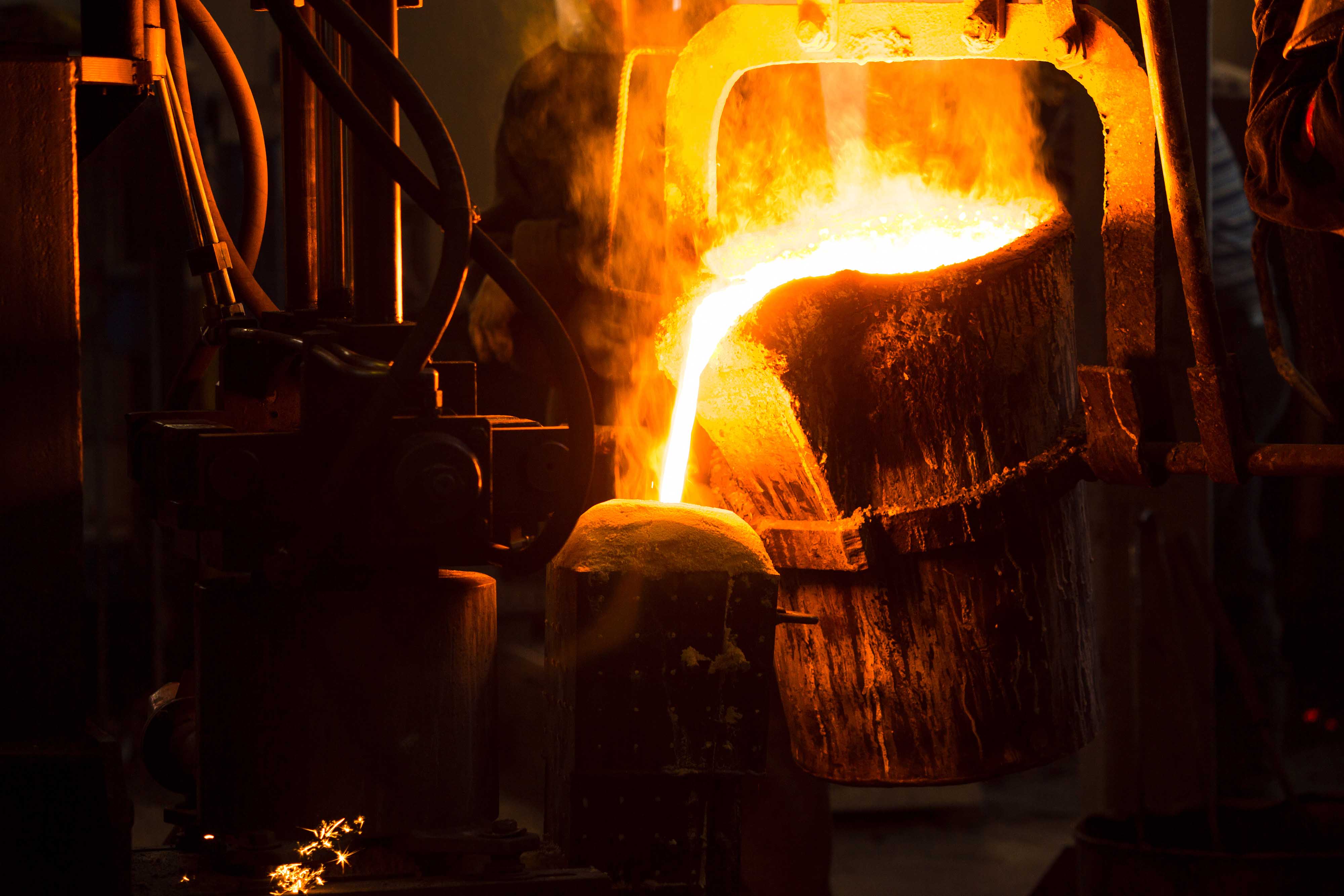What is the disappearing film casting process?
2024-12-24 17:20:39 hits:0

The lost foam casting process, also known as full mold casting, dry sand full mold casting, negative pressure full mold casting, or EPS casting, is a precise casting method.
Principle of the Process
The principle of the lost foam casting process involves using expanded polystyrene foam (such as EPS, STMMA, or EPMMA) to create a solid mold that is identical in structure and size to the desired casting. After being coated with a refractory coating and dried, this mold is buried in dry quartz sand. Under negative pressure, molten metal is poured in, causing the polymeric material mold to gasify and be extracted, subsequently replaced by the liquid metal. Upon cooling and solidification, the desired one-time formed casting is obtained.
Process Flow
The main steps of the lost foam casting process include:
White Mold Production: Pre-foam the white mold raw material (e.g., EPS or copolymer) in a high-pressure steam furnace and fill it into a mold to form the required model. Use a 2D cutting machine or 3D engraving machine to cut the foamed large board into model pieces, which are then manually bonded to form a complete mold.
Mold Drying: Place the bonded mold in a drying oven for drying.
Coating Application: Apply coating to the mold using dipping, brushing, or spraying methods. The coating enhances the strength and stiffness of the EPS mold, preventing surface damage during sand addition. After coating, place the mold on a film frame and dry it again in the oven. Repeat the coating and drying steps until the process requirements are met.
Assembling Pouring and Risering System: Fill a special sandbox with sand and cover it with plastic film. Use a vacuum pump to evacuate the sandbox and fix the mold.
Pouring: Pour the molten metal through the glue channel into the mold. Under high temperature, the mold rapidly burns, cracks, and gasifies, with the generated gas being exhausted through the coating layer under negative pressure.
Cooling and Processing: After cooling, replace the mold, perform sand cleaning and shot blasting, and finally obtain the desired product.
Characteristics of the Process
High Precision: Lost foam casting is a new process for near-net-shape and precise forming. The process eliminates mold extraction, parting surfaces, and sand cores, thus eliminating flash, burrs, and draft angles on castings. The surface roughness of castings can reach Ra3.2 to 12.5μm, and the dimensional accuracy of castings can reach CT7 to 9.
Material Savings: The machining allowance is a maximum of 1.5 to 2mm, significantly reducing machining costs. Compared with traditional sand casting methods, this process can reduce machining time by 40% to 50%.
Environmental Friendliness: There are no chemical binders in the molding sand, and the foam plastic at low temperatures is environmentally friendly. The recovery rate of used sand is over 95%.
Application Scope
The lost foam casting process is suitable for manufacturing various complex-shaped metal parts, especially for mass-produced parts and complex parts (using more than 2 sand cores, especially castings with complex internal cavities, such as cylinder blocks and cylinder heads). However, it is not suitable for producing some pressure vessels due to unavoidable shrinkage porosity defects.
Precautions
During the lost foam casting process, attention should be paid to controlling the content of foaming agents, the quality of mold production, bonding and assembly procedures, sand filling and molding procedures, pouring procedures, and the quality of each link. Additionally, care should be taken to prevent sand erosion and control porosity defects.
In summary, the lost foam casting process is a casting method with high precision, material savings, and environmental friendliness. It has broad application prospects in the manufacturing of various complex-shaped metal parts.

 en
en  fra
fra  de
de  ru
ru  ara
ara  gle
gle  it
it  jp
jp  kor
kor  th
th  zh
zh 


